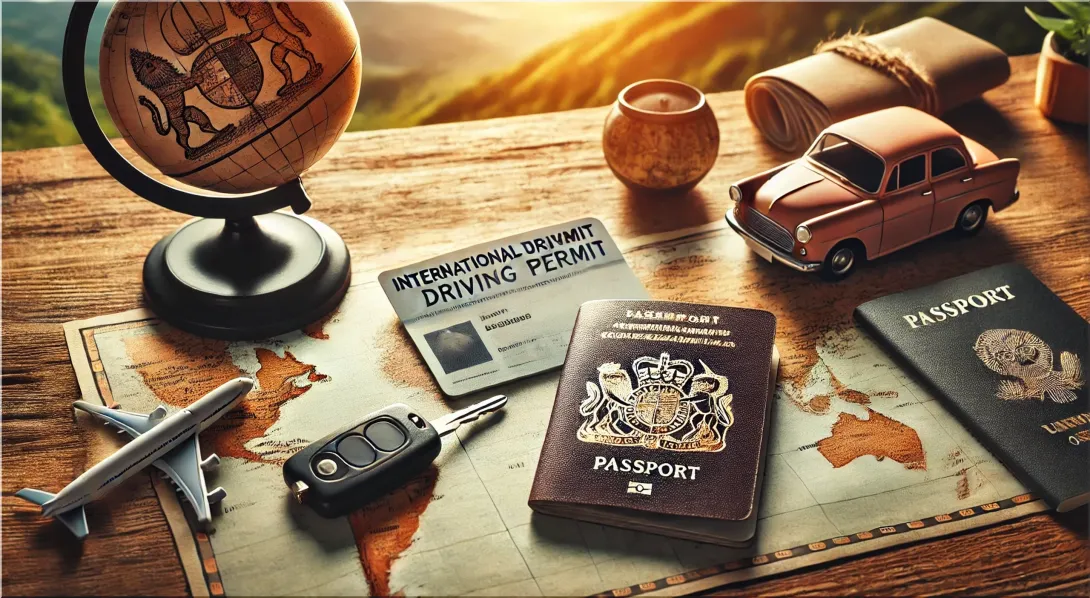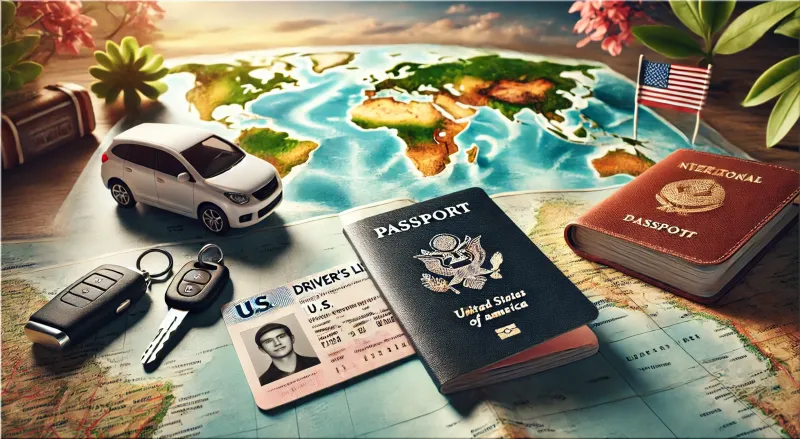Imagine transforming your US driver's license into a global passport for your car. In 1949, an international breakthrough set the stage for cross-border driving safety, turning a routine piece of plastic into a key to unlocking adventures worldwide.
Historical Context and International Conventions
After World War II, nations recognized the need to standardize driving regulations to ease travel and improve road safety across borders. This led to the establishment of the 1949 Geneva Convention on Road Traffic, which introduced the concept of the International Driving Permit (IDP). Later, the 1968 Vienna Convention on Road Traffic refined these standards further. However, the United States remains a party only to the 1949 agreement, meaning that while American-issued IDPs are widely accepted, some countries—particularly those adhering strictly to the 1968 terms—may require additional documentation or have differing criteria.
Why International Driving Permits Matter for American Drivers
For many American travelers, the US driver's license alone may not suffice when navigating the bureaucracies of foreign lands. Since license formats and languages differ, an IDP serves as a certified translation that helps local authorities interpret your driving credentials. This small document can mean the difference between a smooth rental experience abroad and potential legal complications on unfamiliar roads.
A Continental Roadmap
Europe
In Europe, the majority of countries require American drivers to present an IDP alongside their US license. Nations like Italy, Spain, and Germany insist on this extra layer of verification, especially since the license may not be in the local language. In contrast, destinations such as the United Kingdom generally accept a valid US license for short visits, although carrying an IDP can still ease interactions with rental agencies and law enforcement.
Asia
Asian countries tend to have strict requirements. In Japan and South Korea, for instance, the combination of a US license with an IDP is essential. Other popular destinations, like Thailand, may allow driving with a US license for brief periods, but long-term stays or car rentals often necessitate an IDP to ensure clarity in local regulations.
Africa
Across Africa, regulations vary but the trend leans toward caution. In countries such as South Africa, Kenya, and Tanzania, an IDP is either required or strongly recommended. This precaution not only helps satisfy legal requirements but also builds trust with local authorities and rental companies.
South America
In South America, the need for an IDP is more nuanced. In places like Brazil or Argentina, a valid US driver's license might be acceptable for short-term visits. However, many local officials and rental services prefer or require an IDP to avoid any language or interpretation issues, making it a wise addition to your travel documents.
Oceania
While not as universally strict, destinations like Australia and New Zealand also favor the use of an IDP. Although your US license may be accepted in many instances, possessing an IDP can facilitate smoother interactions—especially when dealing with local law enforcement or rental agencies unfamiliar with American license formats.
Obtaining an International Driving Permit in the USA
If you're planning to drive abroad, securing your IDP is a straightforward process in the United States. Here are your primary options:
- Eligibility Check: Ensure you hold a valid US driver’s license.
- Document Preparation: Gather two passport-sized photos, complete the application form, and verify any state-specific requirements.
- Application Submission: Apply in person or by mail through an authorized organization such as the American Automobile Association (AAA) or the American Automobile Touring Alliance (AATA).
- Payment: Submit the required fee (typically around $20) to finalize your application.
You can read more about how to get an International Driver's License here or on the AAA or ATAA website. The requirements in other countries may vary but are mostly similar, as is the procedure for obtaining an IDP.

